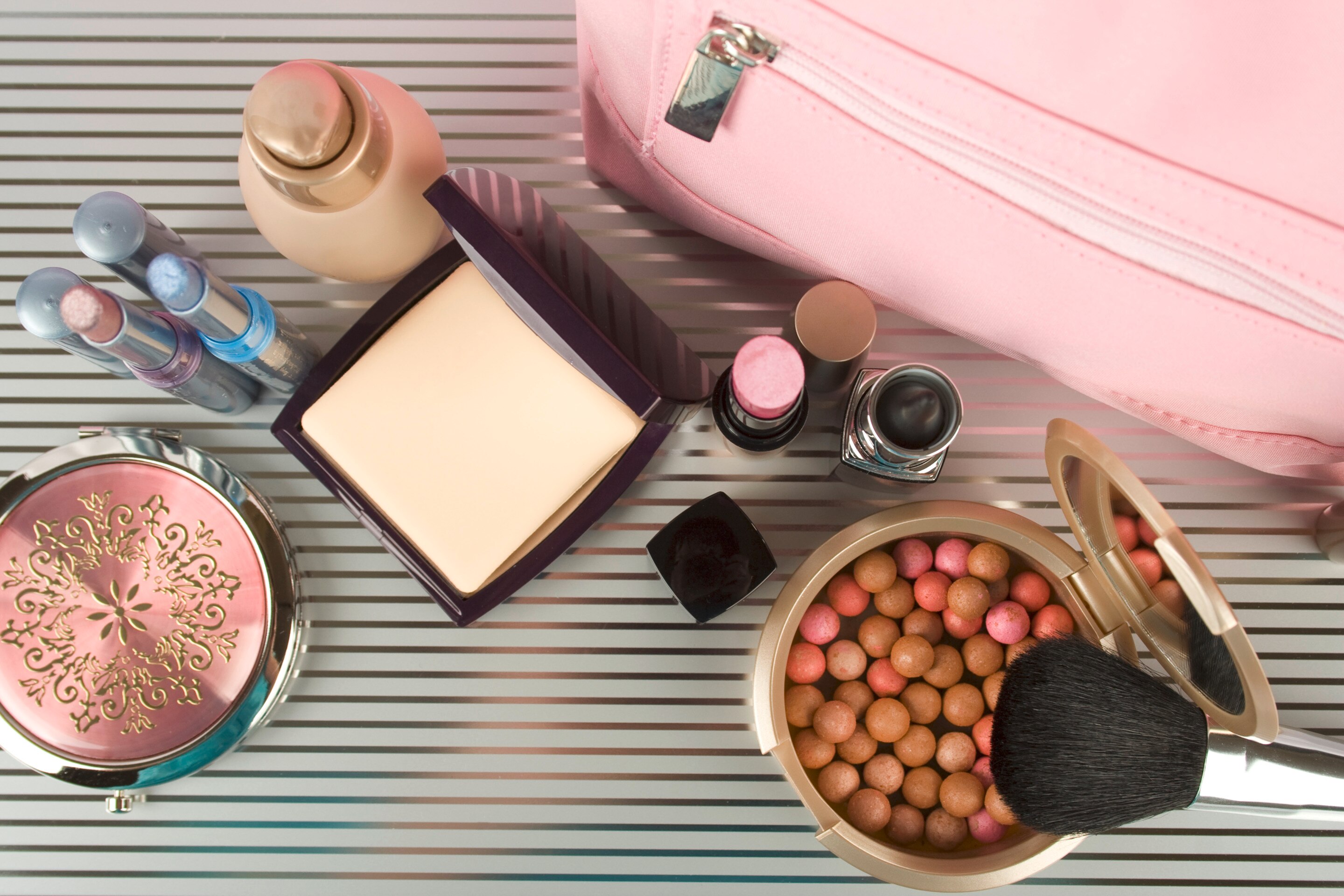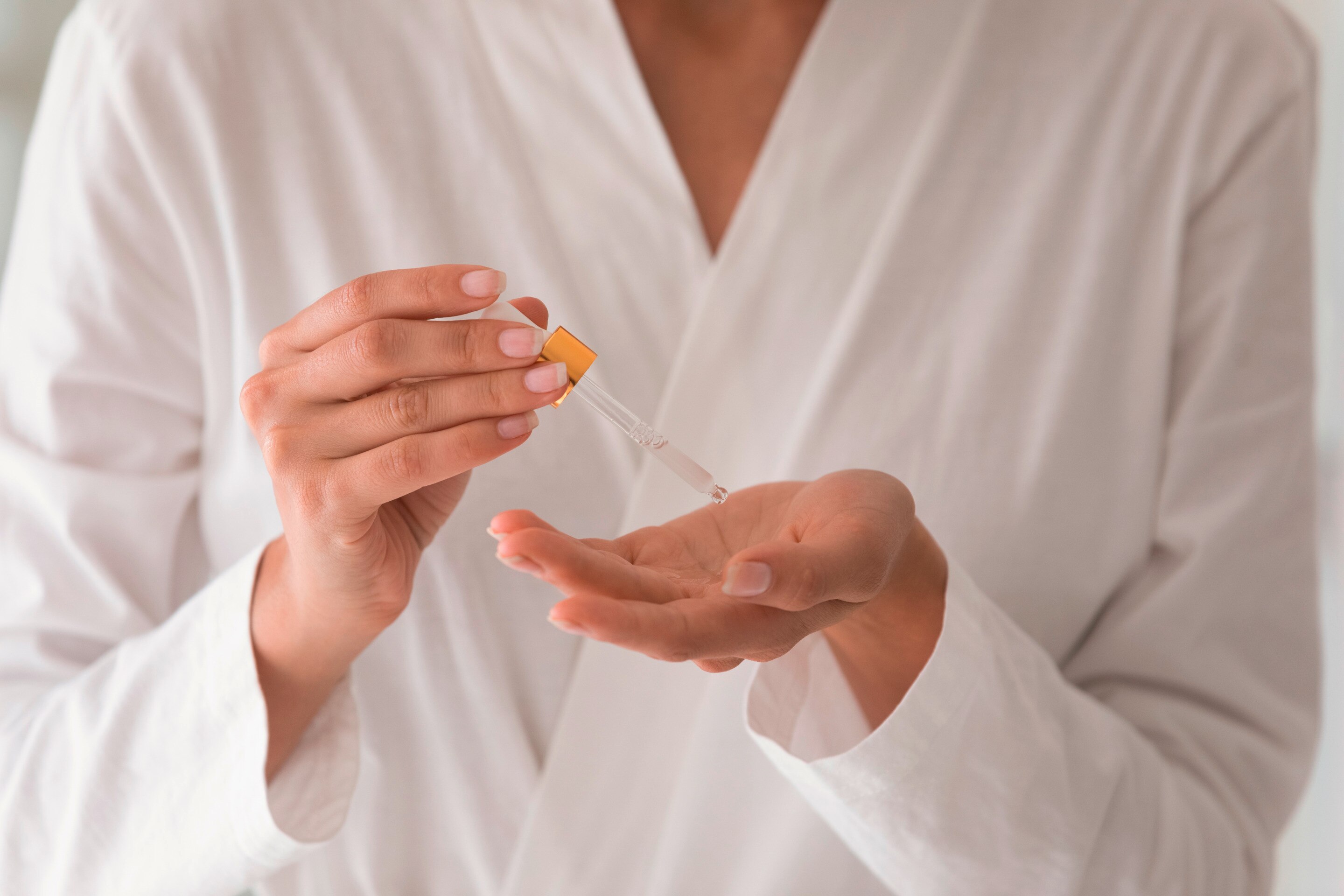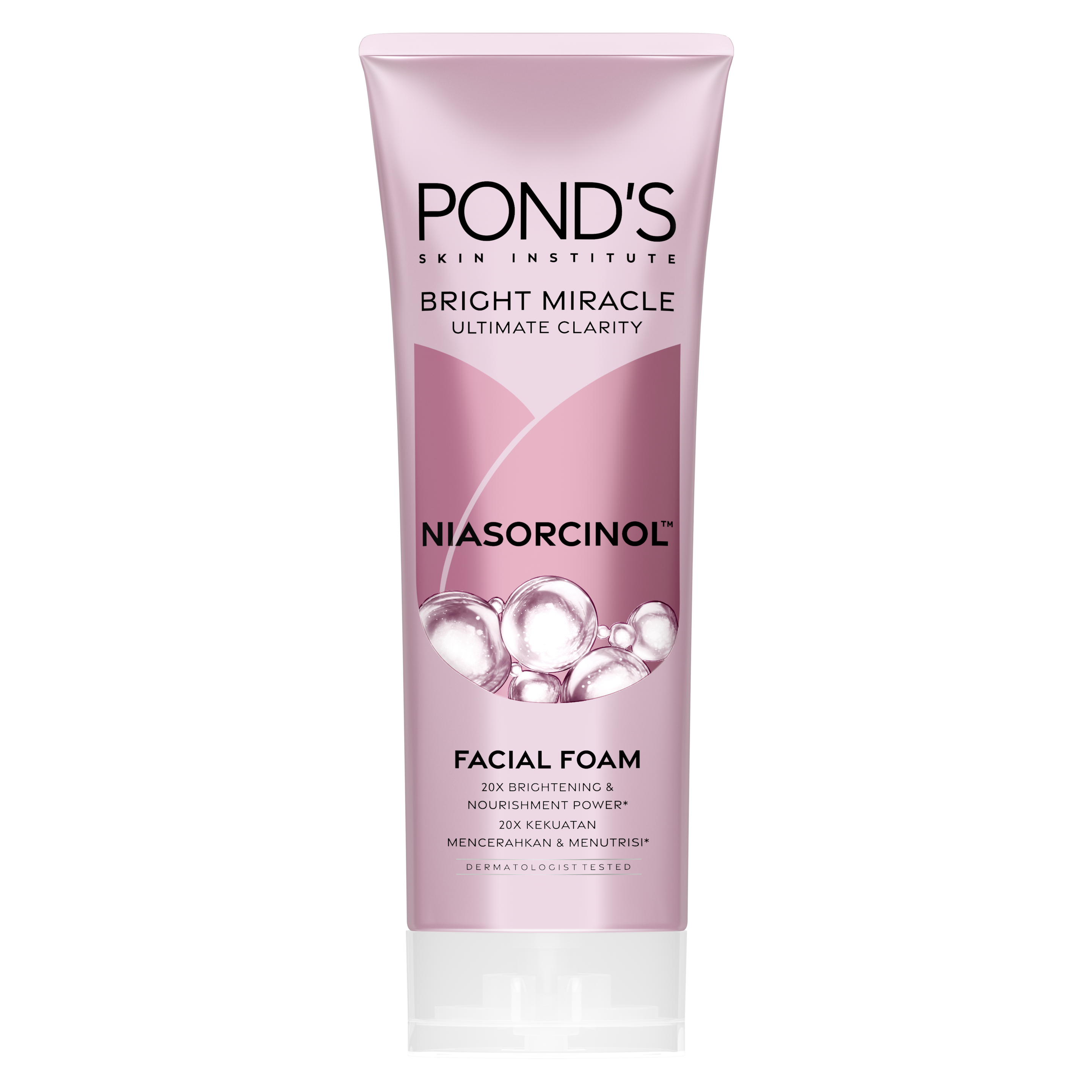Tips and Inspiration
From Unilever Beauty Experts
Makeup is a staple in every girl’s arsenal. You may use makeup products to express yourself in creative ways (hello, sparkly blue eyeliner!), to complement a statement look (a red lip for extra oomph), or to give yourself that much-needed confidence boost on meh days (nothing a good blush can’t fix). That is, until you encounter ingredients that may not be hiyang to your skin, and unfortunately, might cause breakouts, too. Boo!
Still, this shouldn’t stop you from using makeup altogether. You may just have acne-prone or sensitive skin that’s making you more vulnerable to certain ingredients. If this is the case, it helps to be aware of what’s causing these breakouts – and what can help address them.
Common Makeup Products That May Cause Acne Breakouts
Acne can occur when the skin’s natural oils or sebum mixes with pore-clogging, comedogenic ingredients. If you develop acne from makeup products, this is called acne cosmetica. As a general rule, if your skin is acne-prone, steer clear of cosmetics with heavy oil-based formulas, or makeup with added fragrance.
Avoid primers with silicone.
Primers are a godsend, especially if you have textured skin, as they help create a smoother base and ensure that makeup lasts longer. However, if your primer contains silicone or its variations (such as methicone, dimethicone, trimethicone, and cyclomethicone), it may not be the best option for you. While silicone can give your skin that even, flawless finish, regular usage may clog your pores and eventually lead to acne breakouts.
Read the formula of your foundation.
Foundations are often thick in consistency since they are supposed to give you full coverage. Thankfully, there are improved formulations in the market now that are oil-free and lightweight, which lessens your risk of developing pimples.
Try a non-comedogenic concealer.
Algae extract, which may cause acne, is often found in concealers. It’s an ingredient usually added to the mix for its moisturizing benefits. However, it can also trigger the formation of comedones as it penetrates deep into the pores. Algae extracts can also lead to redness and itching.
Check what’s in your blush and bronzer.
If you’re a blush or a bronzer girl, be on the lookout for the ingredient D & C Red. This colorant gives makeup products their pigment and is commonly used in blushes and bronzers. Notice breakouts along your cheekbones or the sides of your face? This dye could be the culprit and should be avoided.
Choose pressed powders suited for sensitive skin.
Common ingredients found in cosmetic powders include talc, mica, and silica. Generally, these rank low in comedogenicity, but if you have acne-prone skin, all these can be skin irritants that can potentially cause breakouts. Choose non-comedogenic, mineral-based products that can help control oil, or look for salicylic acid and zinc oxide on the ingredients list.
Double-check what’s in your makeup remover.
Last but not least, do know that makeup removers may potentially cause you to break out, too. Some cleansing balms may contain isopropyl mistrate, an emollient used to thicken consistency. While it’s generally a great moisturizing agent and works well on normal to dry skin, it can clog pores – especially if your skin is already acne-prone.
Skincare Ingredients That Can Help Address Breakouts
When it comes to acne management, the basics still apply: Always double cleanse, moisturize, apply sunscreen every day, don’t pop your pimples, manage your diet, and sleep well. The great news is, technological advancements in beauty science have led to improved formulations to better address breakouts. Know more about common acne-fighting ingredients that you can incorporate into your routine.
Salicylic acid is often used against acne.
You’ve probably already heard of salicylic acid from your dermatologist. Salicylic acid is one of the more widely used active ingredient for acne prevention. It’s commonly found in facial cleansers and toners as it doesn’t irritate the skin, while helping improve the skin texture.
An example of a cleanser with salicylic acid is POND'S Bright Miracle Ultimate Acne Control Facial Foam. It has a potent blend of powerful acne-fighting ingredients that help reduce acne breakouts.
Hyaluronic acid promotes moisture retention.
Hyaluronic acid or HA helps keep the skin plump and well-hydrated. This is essential to maintaining balanced, moisturized skin that’s protected from acne-causing bacteria.
Retinol is more than an anti-aging solution.
Another ingredient you’ve likely already heard about is retinol, a vitamin A derivative that’s good for anti-aging – and managing acne. Retinol exfoliates the skin, promotes cell turnover and collagen production, helps manage skin pigmentation, and combats signs of aging.
Niacinamide can calm down inflammation.
Niacinamide strengthens the surface of the skin and helps retain its moisture. It’s effective for reducing hyperpigmentation, redness, and irritation, while also soothing inflammation and treating acne.
Try POND'S Bright Miracle Ultimate Clarity Facial Foam, which contains NIASORCINOL™ – a blend of niacinamide and e-resorcinol (also an acne-fighting ingredient) developed by the POND’s Skin Institute. In addition to helping fight acne, this facial foam also works to nourish and brighten your complexion.
Vitamin C helps even out dark spots.
An active form of vitamin C, called L-ascorbic acid or LAA, is a potent antioxidant that can aid in preventing visible signs of aging due to sun damage. Vitamin C also helps clear up the skin and soothe hyperpigmentation from acne scars.
Sulfur or sodium sulfacetamide can eliminate acne-causing bacteria.
Sulfur or sodium sulfacetamide (SSS) is used for treating breakouts as it can help stop the growth of acne-causing bacteria. You can get it through a prescription from your dermatologist or via over-the-counter products that include SSS in their formulation.
With these in mind, you can ditch the idea that wearing makeup will cause you to break out. Just remember to check the label and choose makeup products that are best suited for acne-prone skin.








